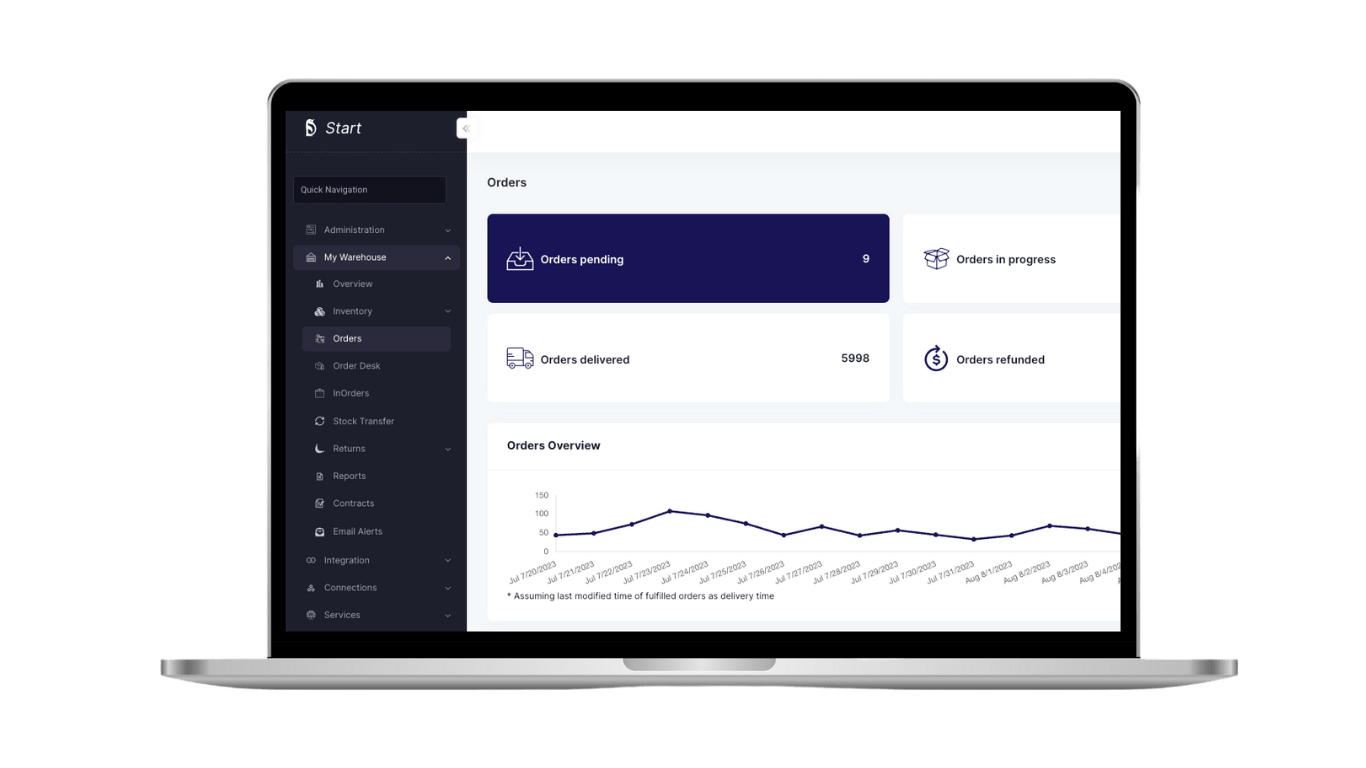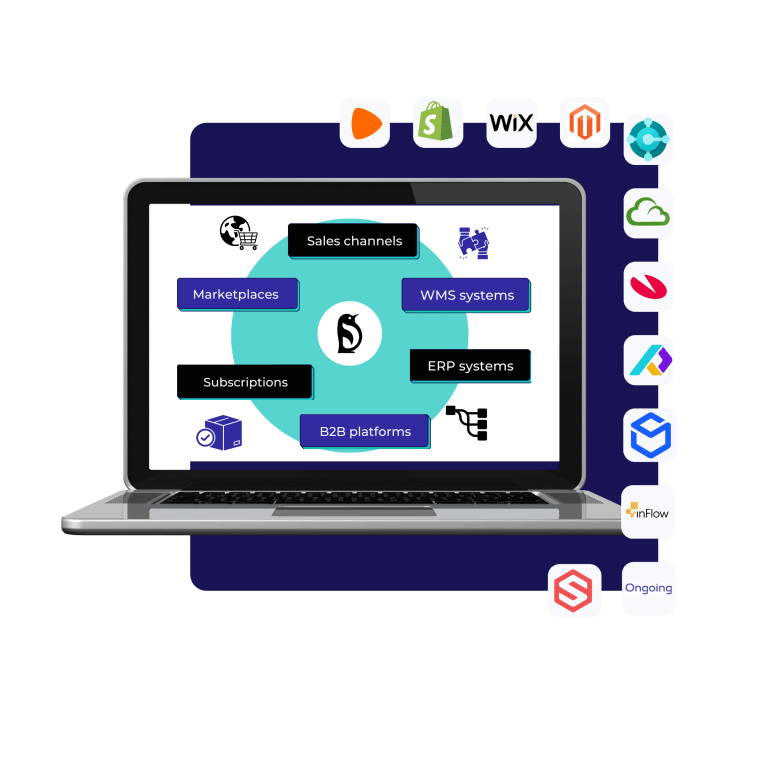Effective inventory management is crucial because it ensures you have the right products in stock to meet customer demand while minimizing excess. It helps avoid stockouts, reduces holding costs, and improves cash flow. Good inventory management keeps operations smooth, enhances customer satisfaction with timely deliveries, and ultimately boosts profitability
Stock control
Set reorder points and determine optimal order quantities to ensure demand is met while avoiding overstocking or stockouts.
Inventory tracking
Keep track of the physical movement of inventory as it enters and leaves the warehouse or storage facility.
Forecasting
Estimate future demand for products using sales data, trends and other information, so that inventory can be replenished in a timely manner.
Stock relocation
Manage the process of buying necessary inventory from suppliers. Create purchase orders, track deliveries, and control the approval process for new orders.
Reporting
Generate reports of inventory levels, turnover rates, and other key metrics that enable data-driven decisions about inventory management.





































